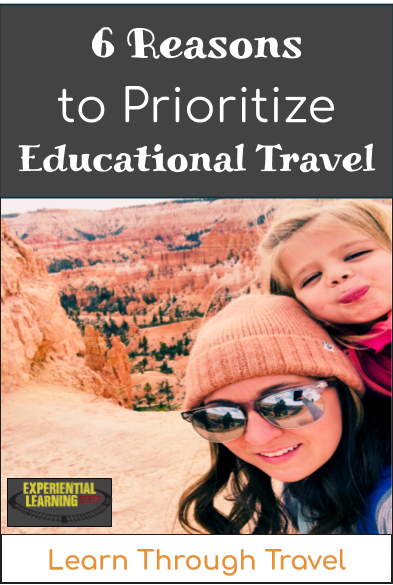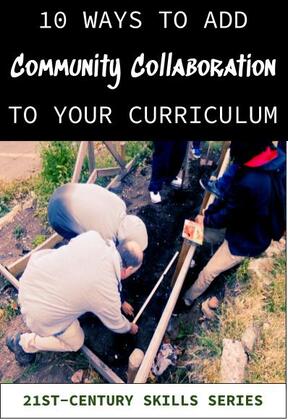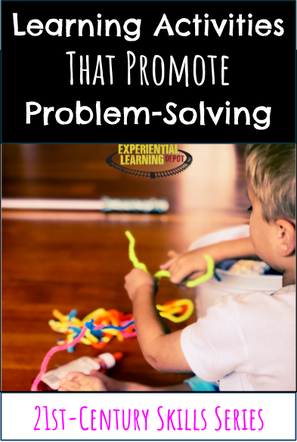|
This past week my family headed southwest to start our goal of hitting all of the U.S. National Parks before our kids turn 18. It's a lofty goal, I'm discovering. There are many National Parks.
But from the viewpoint of an ex-field ecologist and experiential educator, the benefits of providing these opportunities to my children (and students) far outweigh the costs.
0 Comments
Here comes another "C"! Have you noticed that many of the skills I've been covering in my 21st-century skills series start with a "C"? Those are the 4 C's of education; critical thinking, creativity, communication and collaboration.
There are many 21st-century skills, but the 4C's lay the foundation for the others, in my opinion. Last night my three-old tried to climb out of the bathtub by herself. I helped her back in the tub and explained to her that the bathtub ledge is smooth and wet, and therefore, slippery.
|
Blog IntentTo provide innovative educational resources for educators, parents, and students, that go beyond lecture and worksheets. AuthorSara Segar, experiential life-science educator and advisor, curriculum writer, and mother of two. Categories
All
|





 RSS Feed
RSS Feed